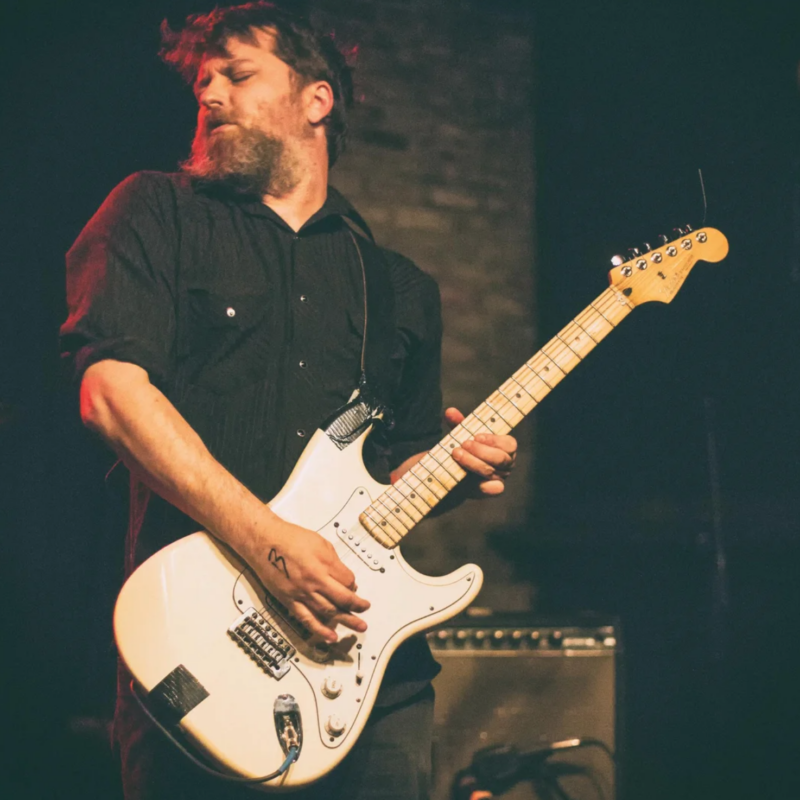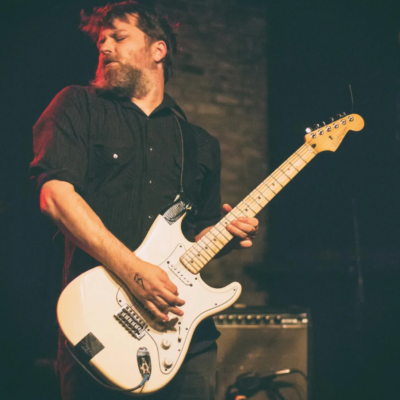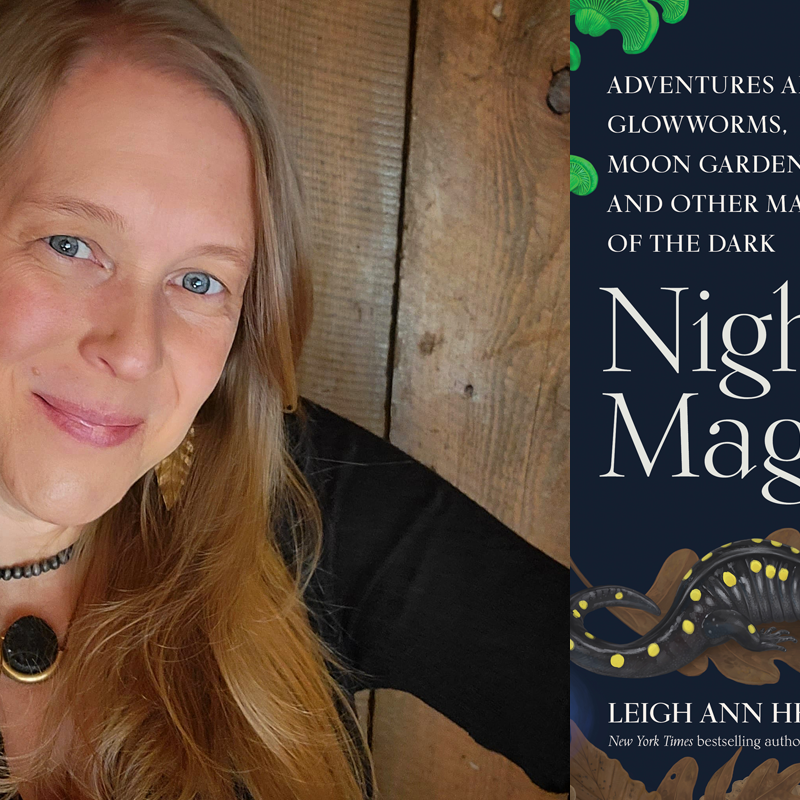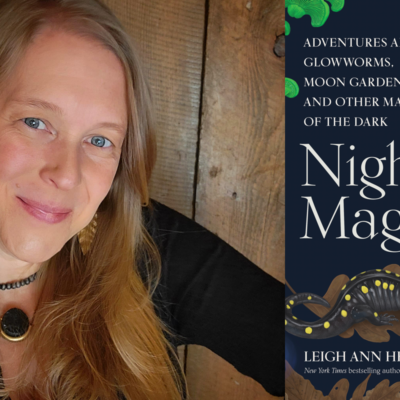Chroma Projects’ current featured artist, Dymph de Wild, works in a variety of media (drawing, printmaking, photography, video, performance, sculpture), juggling different approaches and moving from the randomness and spontaneity of her sculptures to more restrained and controlled works on paper. Her balancing act, “In the Field, Humanature, & Elemental Encounter,” is on view through August 24.
De Wild’s prints and drawings reveal an exceptional sense of composition and versatility, proving she’s as adept at making bold statements as she is more lyrical ones. “Early Morning,” which features a showdown between electric percolators, is funny without being trite. De Wild makes interesting choices: the flat pale yellow block of pigment, the odd red design at the top, the tweedy gray pattern, provide an unexpected and satisfying backdrop. The anthropomorphic coffee pots with their edgy charm are delightful, recalling Duchamp’s chocolate grinder.
“Movable Library” depicts two of de Wild’s sculptures. Here, as in “Early Morning,” the duo seems to be interacting in some way. De Wild’s line is both slapdash and confident and her touches of color are just right, as is the decision to use graph paper.
In “Approaching Orange,” veils of translucent overlapping color create a lovely effect, and “Orange Barricade,” is a potent balancing act of hue and shape. Both of these relatively simple works have remarkable power that endures from across the room.
De Wild plays with space, creating three distinct zones within “Map of the World.” The middle band is in focus, with the bottom obscured by lines and the top blurred. The central shape, the top part of which is repeated in silhouette in the background, is a peculiar heap that allows de Wild to show off her sophisticated aptitude for both gesture and texture, negative and positive space and tonalities. The result is a beautiful work that is both delicate and strong, and tranquil and agitated.
With remarkable finesse, de Wild uses collage (papier collé really) and a layer of blue paint that seeps pleasingly past the background onto the edge in “Peeking through Blue.”
While the two drawings, “Collection in Metal Basket” and “Strings on a Wire” may be unrelated, they balance each other splendidly. Doodle-like, de Wild’s strange subjects have a vaguely scientific look, but I like the ambiguity of not knowing what they are exactly. The use of the rich brown craft paper with the candy colored crayons is inspired. The chocolatey paper has such presence, important here, as the figures take up relatively little space.
De Wild’s series of inkjet prints “From the Field” (1-4) are basically photographic records of the results of her collecting forays. But they’re so much more: carefully arranged and photographed, there’s a deadpan seriousness to the objects.
A perfectly killing video (that I wish was longer) shows de Wild sporting a helmet made from the hind end of a plastic rocking horse with lights attached that Matthew Barney might proudly sport. Armed with red and blue pails, she goes about her business, wandering through a field near her home in Staunton, gathering her raw materials with the utmost seriousness.
De Wild, who is originally from the Netherlands, says her sculptures, made from found materials, harken back to her childhood, tapping into that sense of play and imagination. Living so far from her native land, de Wild felt the need to create, what she refers to as “outposts,” little worlds constructed of the detritus she collects from walks near her house. “To me, an outpost represents a home-like safe haven, where I can go and do as I like, outside the pressures of today’s fast-paced, plugged-in, Facebook-ed world.”
There’s a reverence in the collecting, just look at the ritualistic headgear in the video and the resulting shrines of stuff that Dymph creates. It’s as if she identifies with these fragments; like she, herself, is a lost piece looking for context. I was reminded of Kurt Schwitters’ rummaging along the streets of World War I-ravaged Hanover collecting, not just trash, but shreds of Germany, for enshrinement in one of his collages.
The sculptures also play an important role in the development of de Wild’s prints. “When creating my sculptural works I think of them as sketches in 3D, in which I play with contraction and expansion, building and revealing layers of history. During this process I try to find order, integrity, value, and warmth in the objects I gathered. Besides elevating the status of found objects into components of art works, and attracting notions of respect and preservation, my works are also ephemeral and playful. The prints are a continuation of this way of working now only with pieces of paper of images I gathered. When working on a 2D piece I may go back to a 3D work and so forth, as my works feed each other with ideas and possibilities.”
“In the Field, Humanature, & Elemental Encounter”/Chroma Projects/Through August 24




